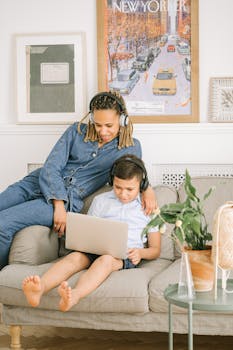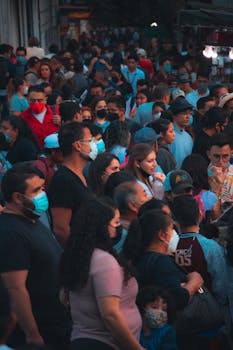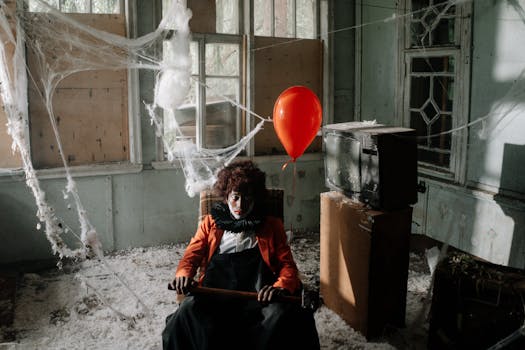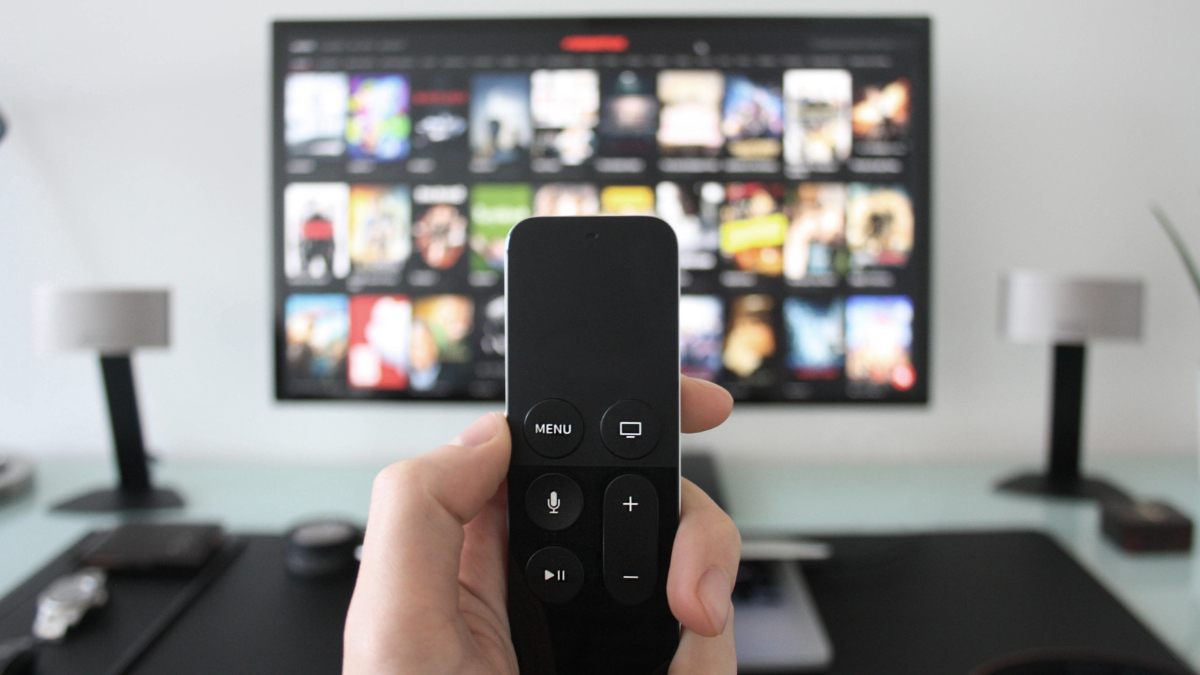TV Shows
Best Ensemble Casts That Made Television History
Explore the secrets behind TV's best ensemble casts with insights, tables, and actionable advice to add more spark to every TV show fan's viewing experience
Advertisement
Some TV shows feel like lightning in a bottle: every scene, every line, every emotion lands perfectly. Behind this magic, seamless ensemble casts embody characters who feel startlingly real together.
In TV, great groups onscreen create an experience far richer than any single character could offer. These collaborations drive unforgettable storytelling, deepen viewer attachment, and push the boundaries of what’s possible in television acting and writing.
This guide showcases seven landmark moments where ensemble casts shaped TV history. Discover the methods, scripts, and chemistry that set these series apart and see why these casts changed the art of television forever.
Formulas Behind Legendary TV Ensembles: What Actors and Writers Do Differently
Ensemble casts work best when showrunners and writers cultivate trust and flexibility in the cast. This structure allows actors to surprise each other, leading to more dynamic scenes and richer character arcs.
Producers for many beloved shows insist on a collaborative rehearsal process. Instead of simply moving from script to camera, they let ensemble casts improvise and respond naturally, producing scenes that pulse with genuine energy.
Balancing Star Power Without Upstaging
Writers often script specific “pass the focus” moments. In these, leads consciously defer spotlight to another actor, teaching the audience to track multiple arcs. This keeps every character relevant episode after episode.
For instance, in “Friends,” you’ll notice storylines cycling between Ross and Rachel, Phoebe’s quirks, or Chandler’s sarcasm—none dominates too long. Try watching a group scene and track whose story the camera follows each minute.
Actors agree to follow writers’ focus cues, which requires humility and trust. This method ensures ensemble casts create a genuine feeling of shared presence, not just a spotlight on one personality.
Directors Use Staging To Signal Teamwork On-Screen
Directors block group scenes by physically moving actors closer or farther apart, emphasizing alliance or tension. If a cast crowds booths together or pairs off quietly, they’re showing relationships without a word spoken.
In “The Office,” table and desk arrangements often shift to mirror alliances or isolate a character after awkward moments. Next time you watch, pause to study where each actor sits or stands throughout the season.
Writers use dialogue overlaps—two characters talking at once—to signal comfort. Ensemble casts that nail this timing appear as relatable as coworkers bantering in real life. Try mimicking this pattern in a group discussion.
| Show Title | Ensemble Size | Signature Dynamic | Takeaway for Writers |
|---|---|---|---|
| Friends | 6 | Balanced comic delivery | Rotate focus, equal arcs |
| The West Wing | 9+ | Fast-paced group scenes | Encourage dialogue overlap |
| Breaking Bad | 6-8 | Escalating tension, shifting loyalty | Stage alliances visually |
| Game of Thrones | 20+ | Interwoven family, betrayal | Thread subplots cautiously |
| Parks and Recreation | 7 | Quirky banter, urban setting | Develop running jokes, callbacks |
Building Lasting Chemistry On and Off Set Using Ensemble Cast Rituals
Any group of actors can read lines, but unforgettable ensemble casts bond beyond the script. Casts that play games together, attend sessions, or have rituals on set create genuine camaraderie that translates on the screen.
Organized off-set events—think weekly dinners or pre-show warm-up games—can be the glue that quietly forges the real relationships fans sense instantly.
Why Rituals Matter to Cast Cohesion
Table reads set the tone, but small traditions, like group stretching or sharing one personal story, break tension before big scenes. These routines matter deeply, especially for longer series where actors work together for years.
- Host a weekly trivia game about previous episodes. This rewards attention to detail and deepens in-jokes, making the ensemble cast sharper on set and off.
- Practice group improvisation drills before filming. This builds mutual trust so actors know someone will “catch” a missed cue with an improvised line.
- Share coffee or snack breaks at the same spot each week. Familiar settings strengthen everyday bonds and reinforce the group’s feeling of a shared mission.
- Rotate scene partners during blocking rehearsals. Everyone learns to interact with every other character, making for natural chemistry in every configuration.
- Create a “gratitude wall” for the crew and fellow actors. Public appreciation boosts morale and strengthens the connection around the ensemble cast.
When rapport is real, overlapping dialogue and soft glances make scenes feel lived-in. The audience picks up on affection and shared memories even before a plot unfolds.
Internal Rivalries and Their Creative Benefits
Occasionally, cast competitiveness adds an edge to performances without creating real drama. Healthy rivalry—on-screen or off—pushes everybody to bring their A-game, keeping ensemble casts razor-sharp.
- Loosely track who nails their scenes in a single take. This informal “trophy” gives everyone motivation to come prepared and deliver for their teammates.
- Encourage actors to suggest plot twists for each other’s characters. Trading story ideas lets the ensemble cast collectively shape the show and keeps arcs unpredictable.
- Host friendly debates about character motivations. Listening and defending positions sharpens understanding and yields stronger scenes together.
- Allow actors to direct a scene or two per season. When everyone walks in each other’s shoes, respect grows and collaboration improves across the board.
- Record behind-the-scenes blooper reels. Sharing laughs as a group keeps things light, especially in heavy dramas where the stakes are high.
These practices, adopted by iconic casts, help turn fleeting jobs into TV legacy teams remembered for decades.
When Fans Make the Team: Interactivity and Ensemble Cast Loyalty
Ensemble casts don’t just connect with each other—they form relationships with the viewers too. Smart shows build in opportunities for the audience to feel like part of the group, driving deep, lasting loyalty.
Writing Scripts With Viewer Engagement in Mind
Some series sneak in catchphrases, inside jokes, or rituals that viewers can mimic or reference themselves. Audiences repeat “How you doin’?” or recreate dances from “Parks and Recreation,” forging social bonds around ensemble casts.
Writers can intentionally plant call-and-response moments. When fans repeat lines or dress up as characters, they’re investing directly in the show. Invite participation, and viewers feel included as team members.
Fans create digital content like meme templates or themed parties, forming vibrant micro-communities. Ensemble casts inspire these in-group behaviors that keep fandom energized well after premieres.
Social Media’s Role in Cementing the Legacy
Today’s casts are highly interactive online. Live-tweeting during episodes or staging cast reunions on stream strengthens the bond between audience and ensemble cast, making each cast member feel accessible and authentic.
Fans love when actors reply to comments or share behind-the-scenes photos, creating a two-way street. This digital scaffolding enhances the loyalty already built on screen.
Crew members sometimes join in, posting set anecdotes or fun facts. These actions let viewers feel part of the fabric of the show’s world, deepening the connection to the ensemble cast itself.
Mistakes That Weaken Ensemble Casts—and Simple Fixes That Work
Some TV series lose steam when chemistry fizzles or story focus drifts. Failing to nurture trust or spotlight balance, even briefly, makes ensemble casts less believable and compelling.
Avoiding Stale Dynamics With Episode “Mix-Ups”
Writers occasionally pair characters in surprise combinations, giving fresh energy to relationships and scenes. Rotating pairings forces the ensemble cast to keep exploring and growing beyond familiar interactions.
Producers recommend tracking which characters haven’t shared the spotlight recently. Script scenarios like “trapped in an elevator” or “unexpected road trip” for fresh chemistry and story beats.
When viewers see actors genuinely reacting to new scene partners, the show feels reenergized immediately, holding audience interest across long seasons.
Repairing Tensions Off Screen
Sometimes, off-set disagreements seep into performances. Production teams stage calm, private discussions or bring in specialists to facilitate communication, preventing lasting damage to the ensemble cast’s magic on camera.
Showrunners nip small conflicts early by setting clear ground rules—mutual respect, punctuality, and accountability. This upfront clarity ensures everyone remains focused on building believable group dynamics for viewers to enjoy.
Directors and writers share feedback privately rather than in front of the cast, preserving dignity and boosting collaboration. This subtle approach keeps morale and buy-in strong for the entire crew.
What Lasting Ensemble Casts Teach TV Lovers and Creators
The greatest ensemble casts make viewers feel invited into a true community, not just as spectators but as honorary members. Behind every scene, chemistry, trust, and off-camera rituals combine to make unforgettable television.
Showrunners who nurture collaboration, flexibility, and fresh story pairings ensure their ensemble casts stay dynamic. These lessons help guide new TV series towards lasting impact and fan love, regardless of genre or style.
Model your TV group projects after iconic ensemble casts: reward participation, ensure everyone rotates in the spotlight, and remember that what happens off-set can shape every on-camera moment. That’s how TV history keeps getting written, one cast at a time.
Trending Topics
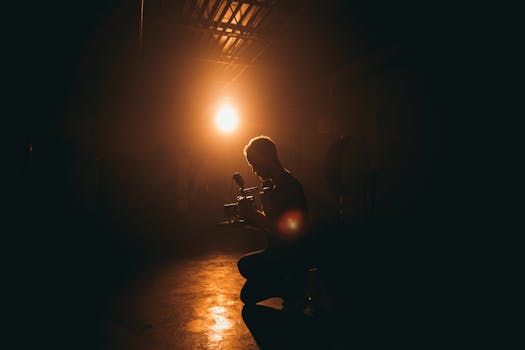
How Editing Turns Raw Footage Into Movie Magic: The Power of Film Editing
Learn how film editing transforms raw footage into seamless visual storytelling that drives rhythm, tone, and emotion.
Keep Reading
